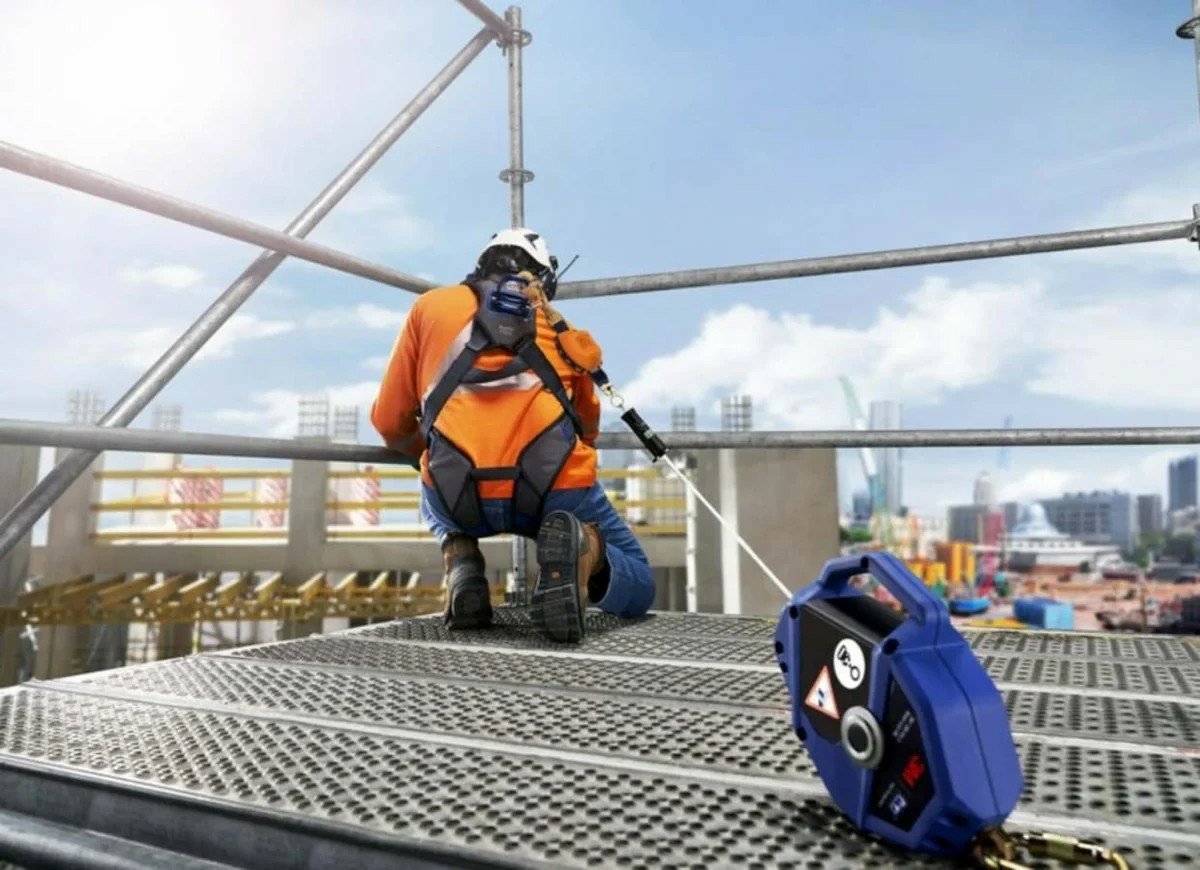


 349,500 Offered Certificates
349,500 Offered Certificates
 24/7 Online Training
24/7 Online Training
 Money Back Guarantee
Money Back Guarantee
 Fully Accredited Courses
Fully Accredited Courses

Created at: 22-02-2025 18:11
Working at heights poses significant risks, with falls being one of the leading causes of workplace injuries. However, effective communication can dramatically enhance safety in these high-risk environments. This blog post delves into how clear instructions, teamwork, and emergency signaling contribute to accident prevention while working at heights.
In any workplace, the clarity of communication is paramount. When it comes to working at heights, the stakes are even higher. Inadequate communication can lead to misunderstandings, unsafe behaviors, and ultimately, accidents. Here are some key aspects:
Team coordination is vital when working at heights. A well-coordinated team can significantly reduce risks, ensuring that everyone is aware of their responsibilities. Here’s how teamwork enhances safety:
In the event of an emergency, communication becomes a lifeline. Knowing how to signal for help can make a critical difference in outcomes. Consider the following elements:
Investing in Working at Heights Training is essential to ensure that all employees are equipped with the knowledge and skills to communicate effectively in high-risk environments. Training courses focusing on communication strategies can help employees understand the importance of clear instructions and teamwork. Here are some programs to consider:
Effective communication is an essential component of working at heights safety. By implementing clear instructions, fostering teamwork, and practicing emergency signaling, companies can substantially reduce the risk of accidents. With safety measures in place and everyone on the same page, the work environment becomes safer for all.
To further enhance your team's safety protocols and ensure compliance, consider enrolling in a Certified Working at Heights Training program. Contact us at [email protected] for more information or visit our Working at Heights training page today!